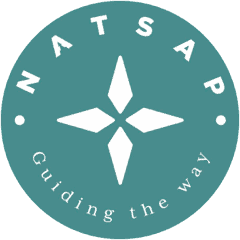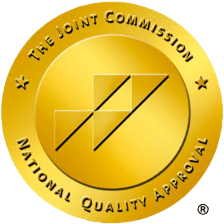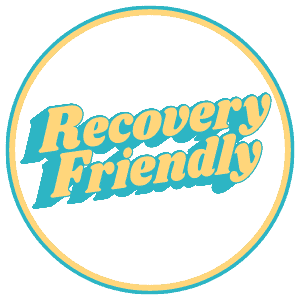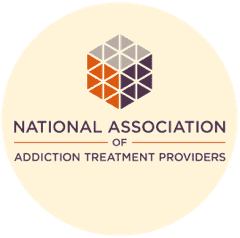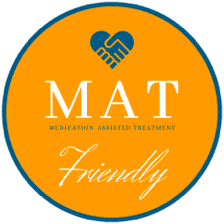The Continuum of Addiction Care is simply a personalized roadmap to sobriety.
Individuals on the journey to recovery will be healing for a lifetime. The continuum of care carries them through an uninterrupted stream of recovery programs.
Clients with a gapless plan for recovery are far more likely to make sobriety sustainable.
In this article, we’ll answer common questions about the CoC:
- What is the ASAM continuum of addiction care?
- How does the continuum of care help clients with addictions?
- What are the ASAM levels of care?
- How does a client move through the continuum of care for addiction?
- What happens after a CoC client completes all levels of care?
Before we dive deep, we always like to start you off with the basics.
What is the Continuum of Care (CoC) for Addiction?
The ASAM Continuum of Care is an addiction treatment roadmap. It is designed as a gapless system of treatments to prevent relapse between programs. Clients are assigned a primary intervention program based on levels of care intensity. Clients then proceed via programs and referrals towards independent sobriety.
Continuum of care can refer to many various healthcare treatment systems. Any medical continuum has the goal of treating patients with no lapses in care.
For this conversation, we’ll focus on the ASAM continuum of care for addictions.
Individuals who are battling addiction may benefit from a CoC if they:
- Received treatment in the past and relapsed post-care.
- Have experienced waiting periods in-transition between treatment programs.
- Struggle to access appropriate resources for their recovery needs.
- Feel neglected or underserved in their current or past treatments.
The continuum of addiction care helps to make addiction treatment more reliable.
The Continuum of Addiction Care Explained
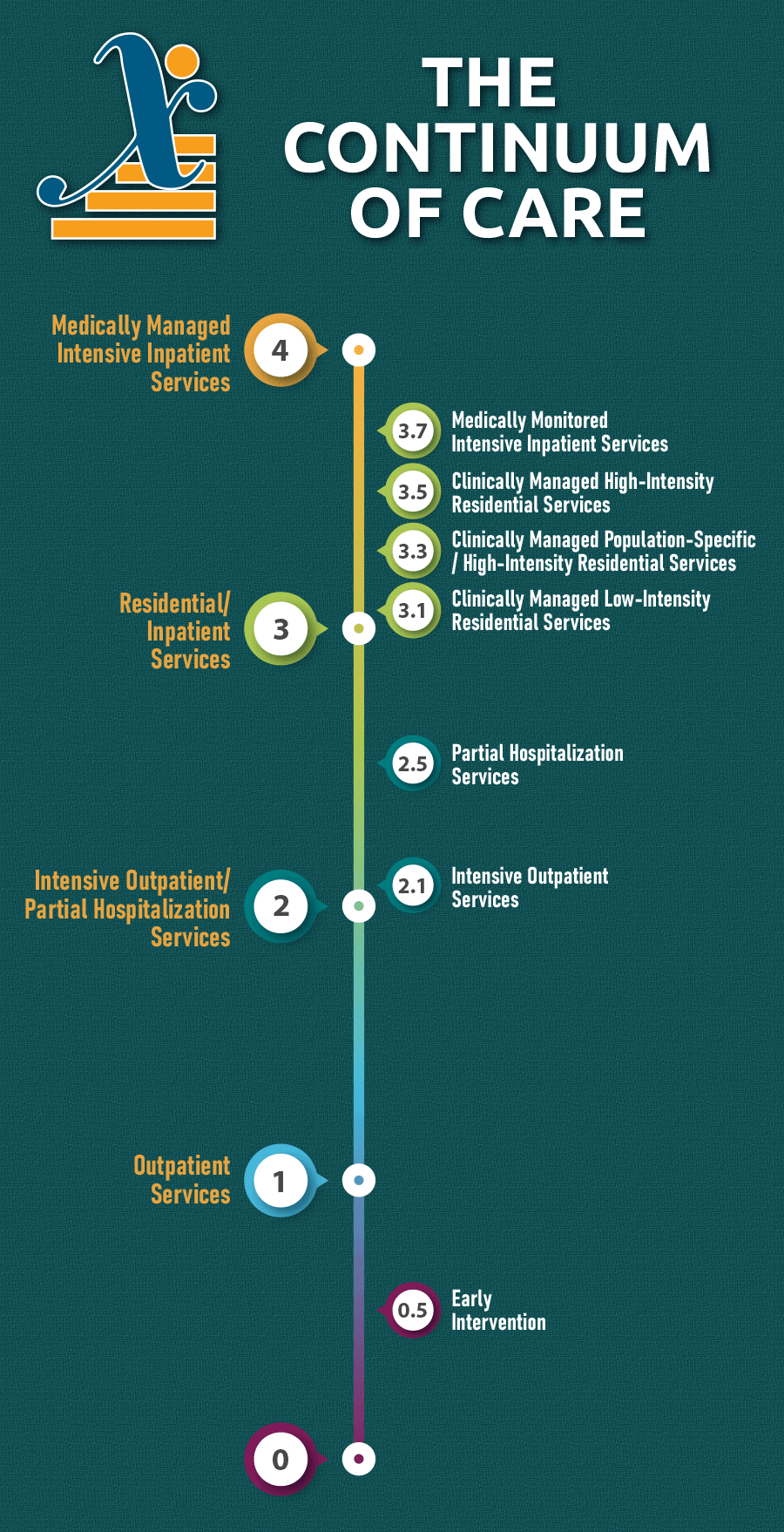
Relapse prevention is largely in the providers’ hands. With continuous recovery monitoring and guidance, there are fewer risks of service-related relapse.
Addiction treatment programs are sorted out into several levels of care intensity.
The ASAM levels of care for the CoC are:
- Level 4: Medically Managed Intensive Inpatient Services
- Level 3: Residential/Inpatient Services
- Level 2: Intensive Outpatient/Partial Hospitalization Services
- Level 1: Outpatient Services
- Level 0.5: Early Intervention
- Level 0: Fully Independent Sobriety and Aftercare
In addition, there are sublevels for some sections of the ASAM continuum.
Clients enter on the level matching the intensity of their condition. Then, they are stepped down or stepped up the continuum as needed, even in independence.
Since not all clients have the same addictions or symptoms, different care plans are necessary. Once clients go through detoxification, they’ll enter their treatment plan.
We’ll explain each level, starting with the most intense services.
Level 4: Medically Managed Intensive Inpatient Services
Level 4 CoC treats unstable clients who have immediate medical or safety risks.
Clients in these programs relocate to a live-in facility for inpatient services. Around-the-clock care eliminates extreme hazards to clients and others around them.
It’s common for these facilities to treat addictions alongside mental health disorders. This is an ideal intervention point for suicidal clients and those with a possible dual disorder diagnosis.
Level 4 continuum of addiction care services might include:
- 24-hour medical monitoring and treatment
- Daily physician meetings
- Clinical therapy is available 16 hours per day—like CBT and DBT
Eventually, the client is primed to step down into less intense inpatient services.
Level 3: Residential/Inpatient Services
Level 3 CoC works with clients who need 24/7 live-in support and guidance.
Clients relocate to inpatient facilities to restabilize their life similar to those in level 4. However, they may not be at dire risk of self-harm or harm to others.
Many clients at this level need removal from home environment triggers. Others may be struggling to care for themselves or any dependents.
Clients of level 3 services may enter on or progress through a number of sub-phases. These are tiered from high-to-low intensity inpatient and residential services.
The sub-levels of level 3 services are:
- 3.7 Medically monitored intensive inpatient services
- 3.5 clinically managed high-intensity residential services
- 3.3 clinically managed population-specific/high-intensity residential services
- 3.1 clinically managed low-intensity residential services
All these clients proceed with the goal of restoring basic control in their life.
Level 2: Intensive Outpatient/Partial Hospitalization Services
Level 2 CoC gives clients intensive addiction care while they live off-site or at home.
Clients at this stage have enough stability to care for themselves and others safely. They work through their struggles with addiction during scheduled on-site visits.
Ideal level 2 clients can function without a 24-hour medical and protective watch. Treatments for a minimum of 9 hours a week for IOP, or 20 hours per week in partial hospitalization.
The sub-levels of level 2 services are:
- 2.5 partial hospitalization services
- 2.1 intensive outpatient services
Medical and psychiatric services are delivered differently based on the program. They will be on-site in partial hospitalization and off-site via referral in IOP services.
Clients in these programs are intended to step down into outpatient services.
Level 1: Outpatient Services
Level 1 CoC allows clients to get moderate support in part-time addiction treatment.
Clients may enter these services for less disruptive types of addiction struggles. Similar to IOP in level 2, these clients engage for a minimum of 9 hours each week.
In this level, clients get more community support integrated with clinical treatments.
Services offered in level 1 programs may include:
- Sober living
- Support groups—like 12 step programs
- Clinical therapy sessions
- Alternative therapy sessions—like adventure therapy and equine therapy
- Self-administered medication plans
Level 1 provides previous high-level clients a controlled reintegration into society. Other clients may either be stepped-up from independence or early intervention.
This stage usually comes as the final bridge into full independence and aftercare.
Level 0.5: Early Intervention
Level 0.5 CoC clients receive education and monitoring to deter potential addictions.
Clients can be viewed as being in preventative care. These clients are not yet diagnosed with addiction, but are at risk of having one due to existing signs.
Generally, level 0.5 care is used as a step-up or a primary intervention.
Services in the continuum of care level 0.5 usually involve:
- Assessment—to identify risks clients may have
- Education—to inform clients on risks of substance or behavioral addiction
- Periodical check-in monitoring—for addiction symptoms
If addiction is discovered, clients are stepped-up into a higher treatment level. After careful monitoring, they may be stepped-down if addiction is successfully deterred.
Level 0: Fully Independent Sobriety and Aftercare
Level 0 CoC clients transition into independence as a functional member of society.
After all their rehabilitation, clients enter the “maintenance phase” of sobriety. Rehab is just the beginning. Clients will be on a lifelong journey to stay clean of addictions.
Fortunately, former clients that have moved to level 0 are not alone. Community programs, standalone therapy, and other services are available as aftercare.
Responsibility rests with clients to seek support when needed. Clients might need to step-up into higher levels if they relapse or experience life disruption.
Takeaways on The Continuum of Addiction Care
In summary, the continuum of care can carry clients through a lifetime of sobriety.
From this post, you should now know that:
- The ASAM continuum of addiction care is a seamless treatment program system.
- The CoC guides clients through detox and sobriety with no lapses in treatment. This prevents the risk of relapse and incomplete addiction care.
- ASAM levels of care group programs into tiers based on the intensity of care.
- Clients enter the CoC on an appropriate intervention level and step up or down as their needs evolve.
- Fully sober clients live in independence with supportive aftercare to stay addiction-free.
The CoC for addiction can be the foundation clients need to progress into recovery.
Know someone who could use information about the next step in their addiction care? Please like and share this post with them. Or, leave your questions or comments about the continuum of care below! We’re always looking for ways to keep the conversation about recovery going. Education is one of the most powerful tools we have to fight addiction.



